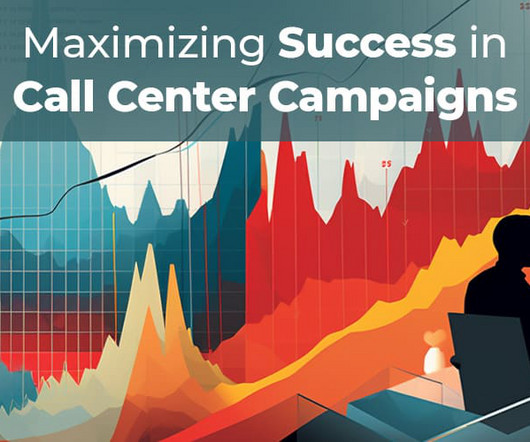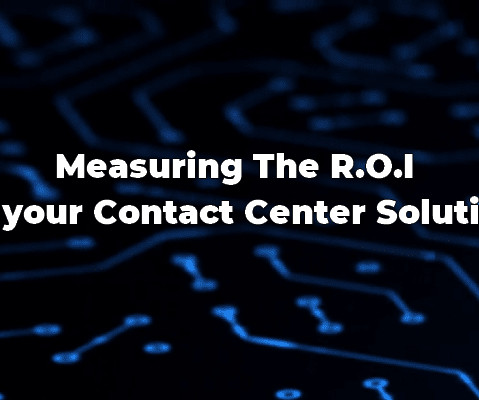Customer Service Call Centers
NobelBiz
JUNE 4, 2024
Christian Montes Executive Vice President Client Operations How to Set Up Your Customer Service Flow Choose a Provider Selecting the right call center provider is crucial. Integrations Ensure the call center solution integrates seamlessly with your CRM, telephony systems, and other essential business tools.
















Let's personalize your content